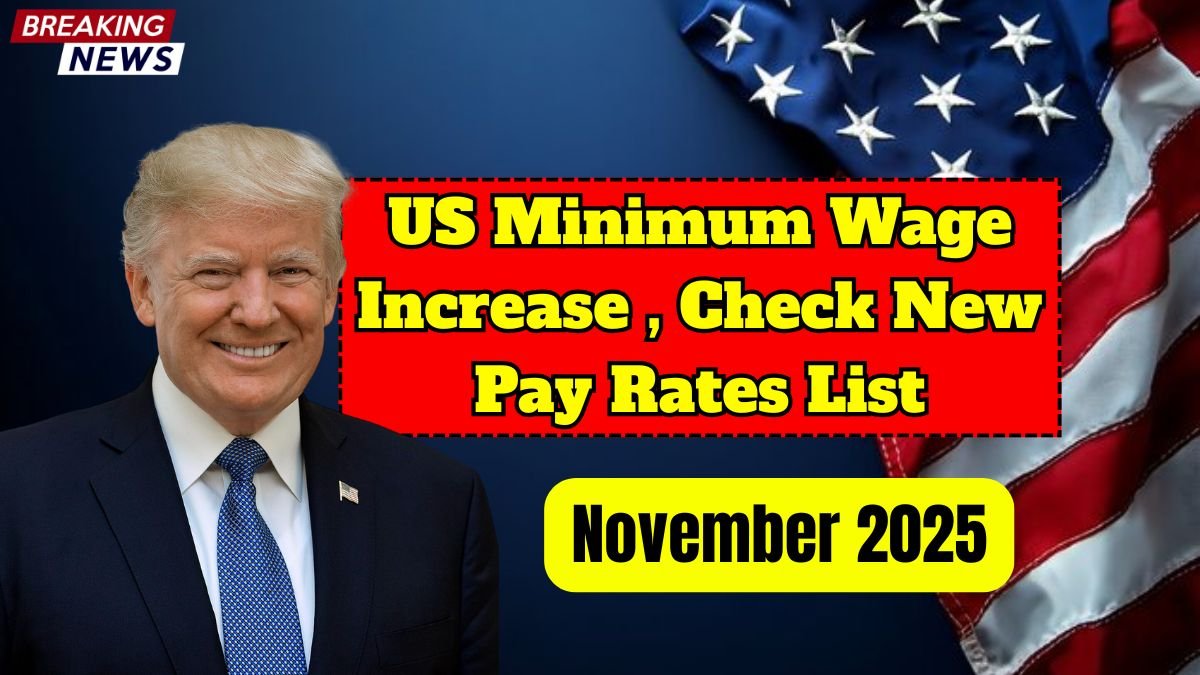Introduction:If you are a worker in the low-wage market in the U.S. or know someone who makes minimum wage, this is news that will impact you. Unlike the federal minimum wage stuck at $7.25 an hour, states and localities across the U.S. are starting to raise their minimum wages at the state- and local-level in 2025. There are several rules and rates that go into effect in November 2025, so it is critical for you to know about the changes and how they affect you in the future.
Why the Changes?
Inflation has risen sharply in the US over the past few years—the cost of rent, fuel, food, and transportation has skyrocketed. At $7.25 per hour, the minimum wage is no longer sufficient for a living wage in many areas. Many state governments are addressing this imbalance by raising the minimum wage.
Labor Market Challenges
Sectors such as retail, hospitality, and care services are competing for workers. Low wages have led to recruitment and retention problems. By increasing the minimum wage, state governments aim to ensure that workers remain employed and that there is no shortage of labor in sectors like cleaning services and retail.
State Autonomy and Local Ordinances
Since the federal minimum wage has not changed, most of the changes are happening at the state and local (city/county) levels. This means that the rules may vary slightly from place to place.
What’s Changing? — The Picture After November 2025
Federal Rate: Still $7.25
Most importantly: the federal minimum wage remains at $7.25 per hour.
However, the significant changes are happening at the state and local levels. High Rates at the State Level
Changes Effective November 2025
According to some sources, new wage rates are expected to go into effect statewide on November 1, 2025. For example, one source states that the federal rate will be raised to $10.50. However, official confirmation of this information has not always been available Nevertheless, most news sources are reporting that “wages will increase in some states starting in November 2025,” but the effective date and rates will vary by state.
Who will be affected?
- These modifications will mainly impact low-wage employees including workers in retail and hospitality industries, part-time employees, and individuals employed in entry-level roles.
- If you earn a wage at or close to the minimum wage, the increases will be beneficial to you.
- Employers will also need to make some changes to comply with updated payroll systems/procedures, inform employees, and be compliant with new wage levels.
Benefits and Challenges
Benefits
- More money: For those on a small wage, this wage change can allow you to have more spending money.
- Higher productivity: Wages increase workers’ feelings of satisfaction about their work, which can reduce turn-over and allow for organizations to have lower hiring costs.
- Wages increase clients’ spending: Higher incomes means more money for individuals to spend on goods and services and, ultimately, to stimulate the economy.
Challenges
- Pressure on Small Businesses: Raising wages may be difficult for some small businesses—leading to increased costs.
- Regional Disparities: If your state doesn’t implement the changes quickly, you may experience wage disparities depending on your location.
- Job Impact: Critics say that job opportunities in some sectors may decrease if workers lose competitiveness due to increased wages.
How to Prepare — Tips for Workers
If this change is going to benefit you, there are a few things you should consider:
- Know the rate for your state/city. Rates will vary by state and locality, which is why you should check your local state labor department’s website;
- Know where you stand. Is your wage close to the minimum wage? If so, then check to see if increases might become a more frequent occurrence;
- Talk to your employer. If you’re an employee, ask your employer about their plans to implement this change;
- Create a financial plan. If wages are going to increase, think about how you will manage your budget and spending habits, considering wages might be temporary if you change jobs;
- Upgrade your skills and experience. One way to earn a better wage is to upgrade your skills in order to find employment with a more lucrative wage.
Remember — important points.
- Remember that the federal minimum wage is currently $7.25 per hour, so if your state’s rate is lower, the federal rate applies.
- If your city or county has a local minimum wage that is higher than the state rate, you must follow that local rate.
- Check the “tip credit” situation in tip-based employment in some states, employers are allowed to include tips as part of wages, while in others they are not.
Conclusion
In November 2025, there will be significant changes in the minimum wage landscape in the US while the federal minimum wage has not changed, there is a wave of increases happening in state and local levels. It’s important to understand this is not just about “higher wages,” but socio-economic justice, labor force security, and a better quality of life.
If you are in the working class or know someone in the working class, now is the time to be informed to understand your rights, speak to your employer, and keep up with the changes Understand that your wage is not only a number. It’s a reflection of the value of your labor, your dignity, and your quality of life. Think of this new era not as a challenge, but an opportunity an opportunity for higher earnings, a better life, and stability.
FAQs
Q1. When will the minimum wage increase go into effect in the U.S.?
The changes are slated to begin in November 2025, though exact dates may vary by state or local jurisdiction.
Q2. Does the federal minimum wage rate change with this update?
No the federal minimum wage remains at $7.25 per hour, unless Congress acts separately. Most changes are at the state or local level.
Q3. Will the new minimum wage be the same in every state?
No each state (and some localities) may set its own increased rate and schedule, so pay rates will vary depending on location.



